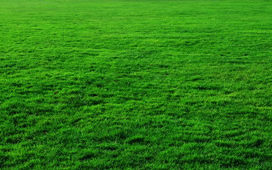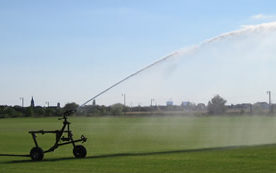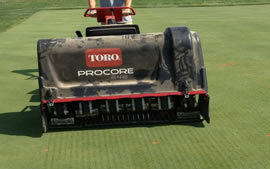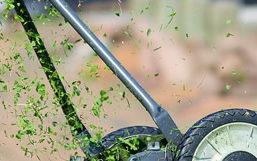University of Tennessee Turfgrass Science and Management Team’s resources offer assistance to Extension agents, landscaping professionals, athletic and recreational field managers, master gardeners, public gardens directors, golf course superintendents, homeowners, and other enthusiasts working with turfgrass in Tennessee.
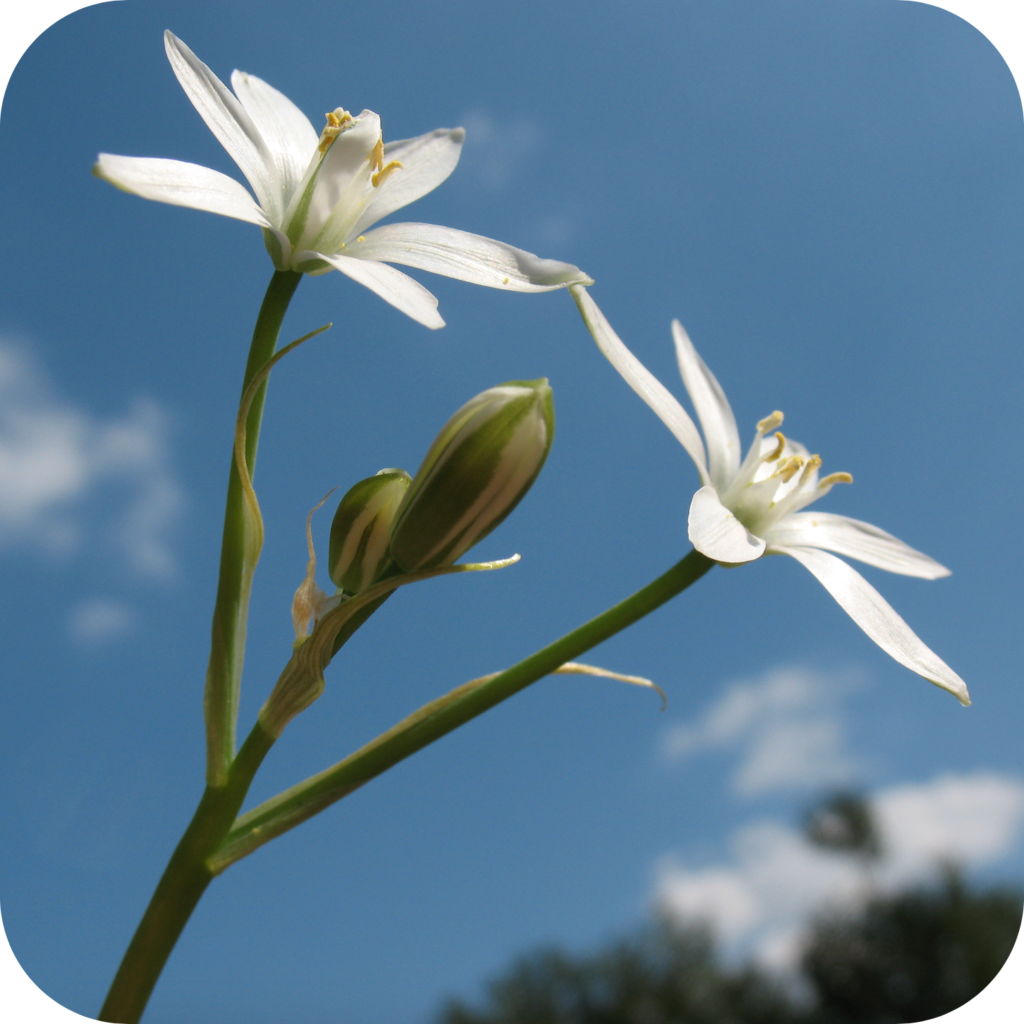
Download the Mobile Weed Manual below to explore weed management solutions at your fingertips.
Mobile Weed Manual
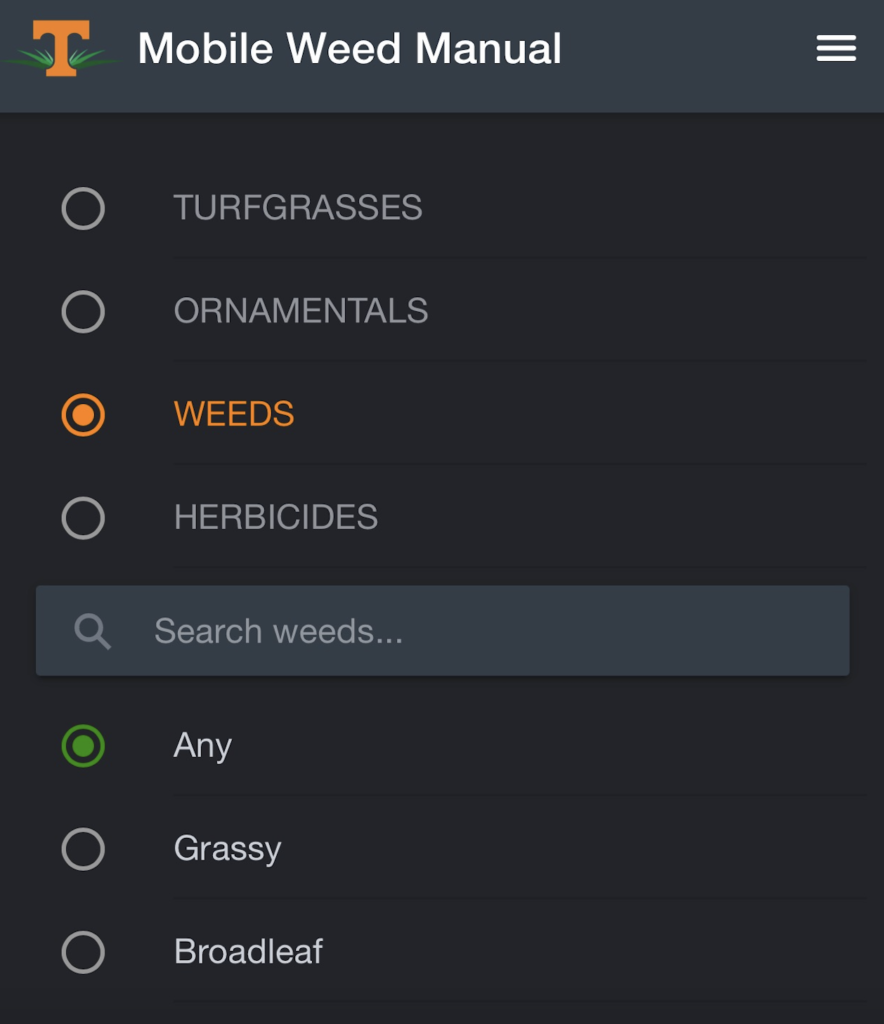
The Mobile Weed Manual was prepared to assist turfgrass managers with developing effective weed management programs. The manual can be dowloaded to a device or accessed online at mobileweedmanual.com.
Turfgrass Publications
Weed Diagnostics Testing

The Weed Diagnostic Center offers services essential to management strategies.
Fresh plant samples, along with a submission form, should be mailed to:
UT Weed Diagnostics Center
Attention: Jose Vargas
112 Plant Biotechnology Building
2505 E J Chapman Drive
Knoxville, TN 37996
Bermudagrass

Plants will be cultured in a germination chamber until producing a minimum of 10 stolons with at least 4 nodes. Morphological characterization will include stolon internode length and diameter, leaf blade length and width, and leaf length:width ratio using digital calipers. In most cases, a report detailing the sample and control recommendations will be provided 4-7 weeks after sample submission.
An example summary report can be accessed here.
$349 per sample for Tennessee residents | $449 per sample for non-Tennessee residents
Molecular Resistance Confirmation
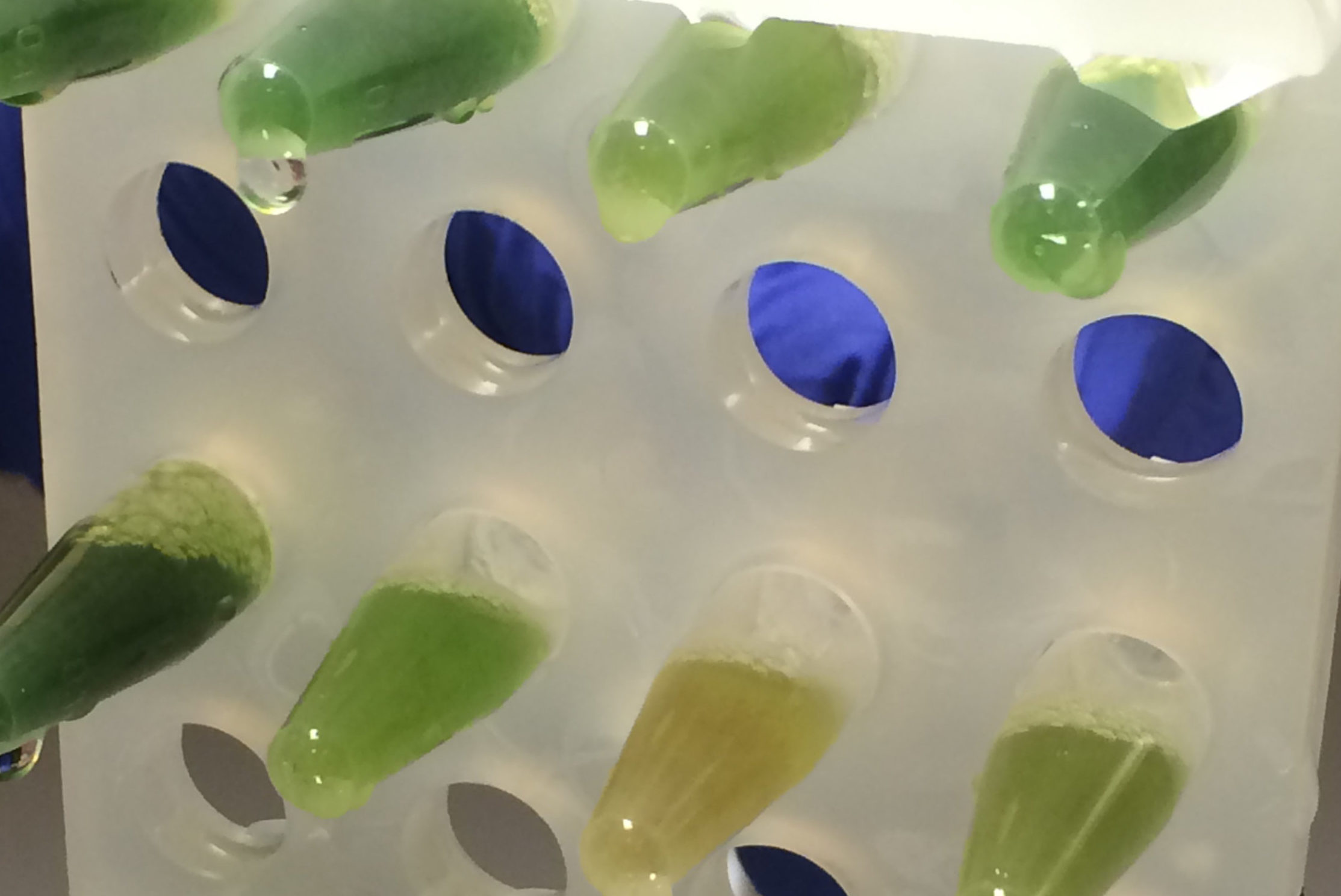
Plants will be cultured in a germination chamber and DNA will be extracted from plant tissue and analyzed for target site mutations associated with herbicide resistance. In most cases, individuals submitting a sample will receive a report detailing results that also provides control recommendations within 3 – 5 weeks of sample submission.
$2999 per sample for Tennessee residents | $3299 per sample for non-Tennessee residents
Rapid Resistance Screening
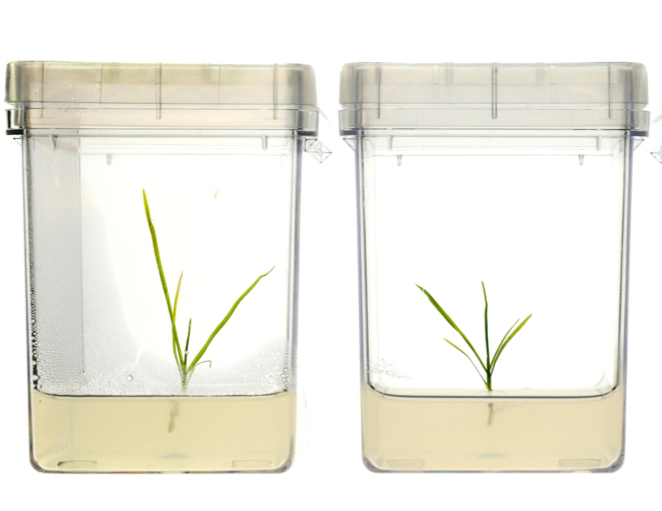
Plants will be established in agar culture using modified methods (Kaundun et al., 2011). When available, known resistant and susceptible lines of the same weed species will be established in agar as well. In the event a known resistant standard is not available for the weed submitted, samples will be screened with a known susceptible sample of the same species and exposed to a discriminatory rate of herbicide. A discriminatory rate of an herbicide of interest will be loaded into the agar and responses will be monitored. All diagnostic tests will be replicated 5 times.
At present, this test can only be used to screen for acetolactate synthase (ALS), for example trifloxysulfuron, dinitroaniline, for example prodiamine, and 5-enolpyruvylshikimate-3-phosphate synthase, for example glyphosate, inhibitor resistance. However, it will be adjusted to screen for resistance to other modes of action in the future.
Not all weed species can be tested using this rapid method. Please consult the WDC with specific questions about plant material to be tested.
An example summary report can be accessed here.
$649 per sample for Tennessee residents | $749 per sample for non-Tennessee residents
Traditional Whole Plant Resistance Screening
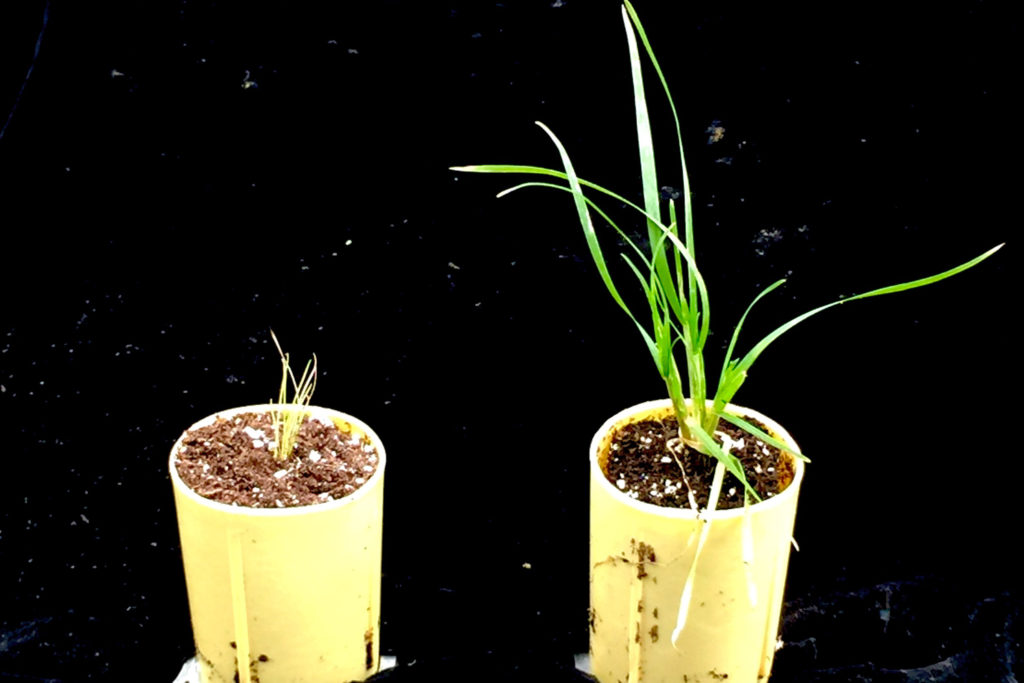
Plants will be cultured in a germination chamber in order to produce seeds for resistance screening. Samples will be seeded along with known resistant and susceptible standards and exposed to a discriminatory rate of a single herbicide. All tests will be replicated 3 times. In the event a known resistant standard is not available for the weed submitted, samples will be screened with known susceptible sample of the same species and exposed to a discriminatory rate of herbicide.
In most cases, a report detailing results and providing control recommendations will be provided 16 – 20 weeks after sample submission.
$1499 per sample for Tennessee residents | $1599 per sample for non-Tennessee residents
Basic Identification

Weeds will be identified based on morphological and botanical characteristics.
In most cases, a report detailing the sample and control recommendations will be provided 7 – 10 days after receipt (depending on the quality and health of the sample submitted).
An example summary report can be accessed here.
$29 per sample for Tennessee residents | $39 per sample for non-Tennessee residents
Molecular Identification
Weeds that cannot be identified via traditional means will be recommended for molecular weed identification using internally transcribed spacer (ITS) DNA. Genomic DNA will be extracted from plant tissues and used as a template for amplification of the ITS region. Amplified products will be purified and sent for sequencing. Sequences will be entered in a Blast search at GenBank and identified by sequence identity (≥ 98%). The Weed Diagnostic Center will maintain an ITS sequence and DNA library of weeds for future reference and study.
In most cases, a report detailing the sample and control recommendations will be provided 2 – 3 weeks after receipt.
$699 per sample for Tennessee residents | $799 for non-Tennessee residents


